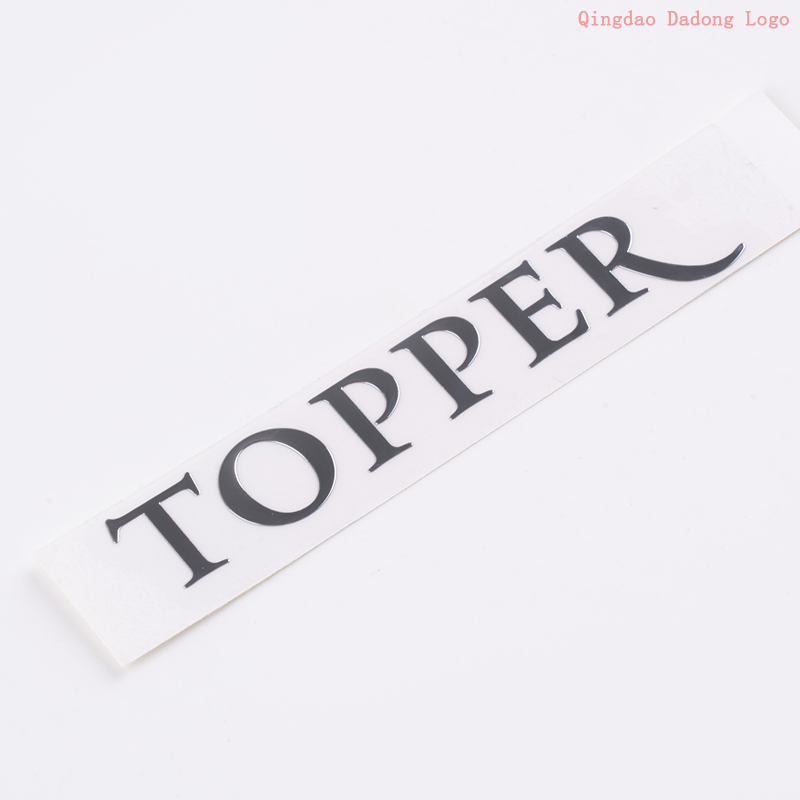NEWS
What type of nameplate should you choose to make that is suitable for you
Writer:admin Time:2023-06-13 10:59 Browse:℃
There are many options for making nameplates, including etching, screen printing, photo sealing, numbers, embossing, carving, and so on. So what are you suitable for?
Examples of numerous nameplate and nameplate options include:
Etching nameplate: The etching process requires the use of strong acids or chemicals to cut the metal surface. One of the benefits of this nameplate and label method is that the depth of etching ensures that the end user can permanently see the product information. Consider using this method to produce the model, date of manufacture, or serial number of items such as manufacturing equipment, aircraft, or Military vehicle.
Screen printing: Screen printing provides an economical and efficient solution for placing colored logos or graphics on equipment. This multi-step process involves covering the metal surface with a sieve and applying epoxy resin or ink using a scraper applicator. The final surface coating can seal the color and prevent wear. These nameplates are printed in spot color.

Photo sealing: This technology provides the best label for aluminum nameplates. This method involves silk printing ink onto unfinished, unsealed aluminum sheets and applying a precision machined chemical layer to form a permanent seal. Because the ink is inside rather than on the layout, it is unlikely to scrape off.
Numbers: When using unique color designs, halftones, or gradient colors, digital printing is usually the best method for nameplate signage. This technology provides ample opportunities for customization and mass manufacturing options, such as holes, fillets, and various adhesives.
Embossing: If you want the surface of letters and numbers to be raised, making them more prominent and easy to read, please choose embossing technology. This process involves squeezing metal between two custom die cuts to create pressure to move up (or down) the copy content you specify.
Engraving: Engraving is suitable for metal or plastic nameplates. This computer-generated technique uses a rotating tool to gently cut into the material at the required depth. Carbon dioxide laser can also be used to carve two-dimensional barcodes on stainless steel or aluminum surfaces.
Actually, there are many professional terms, such as electroplating, electroforming, UV, vacuum electroplating, electrophoresis, and so on
CATEGORIES
LATEST NEWS
CONTACT US
WhatsApp: +8615806503075
Tel: +8615806503075
Email: percy@dadonglogo.com
Addr: 7 Tonghe Road, Pingdu, Qingdao
